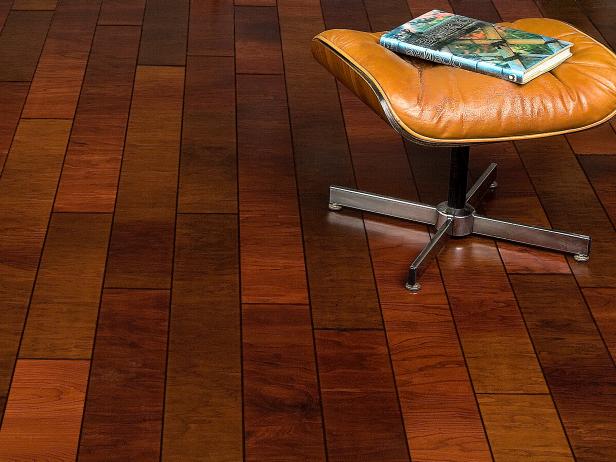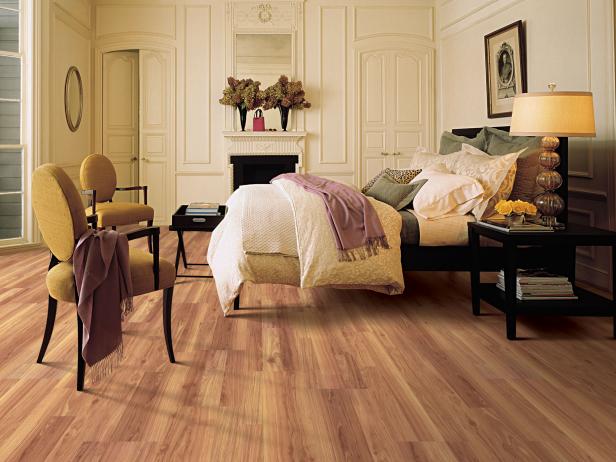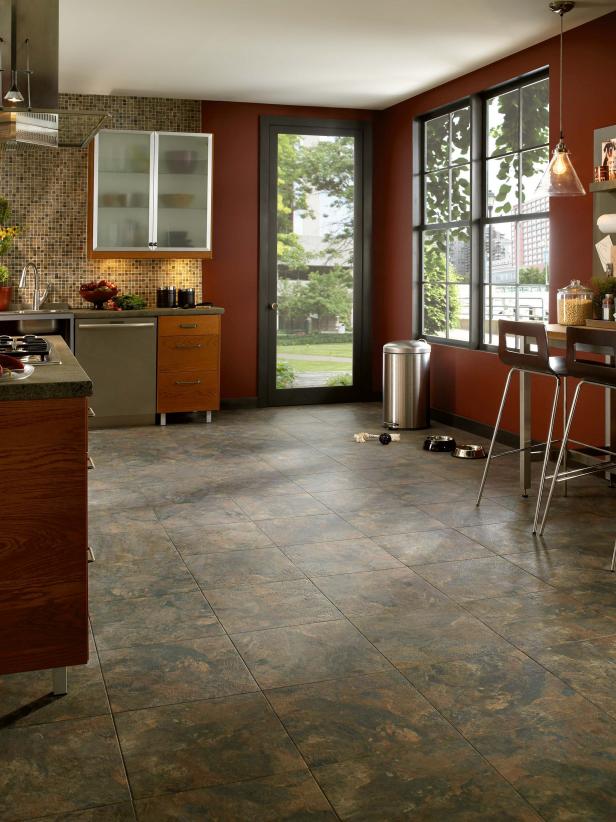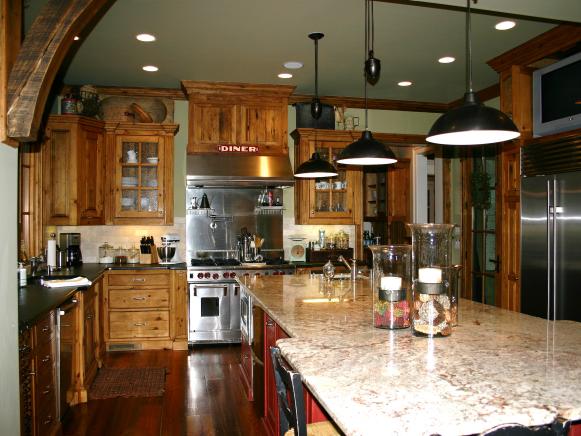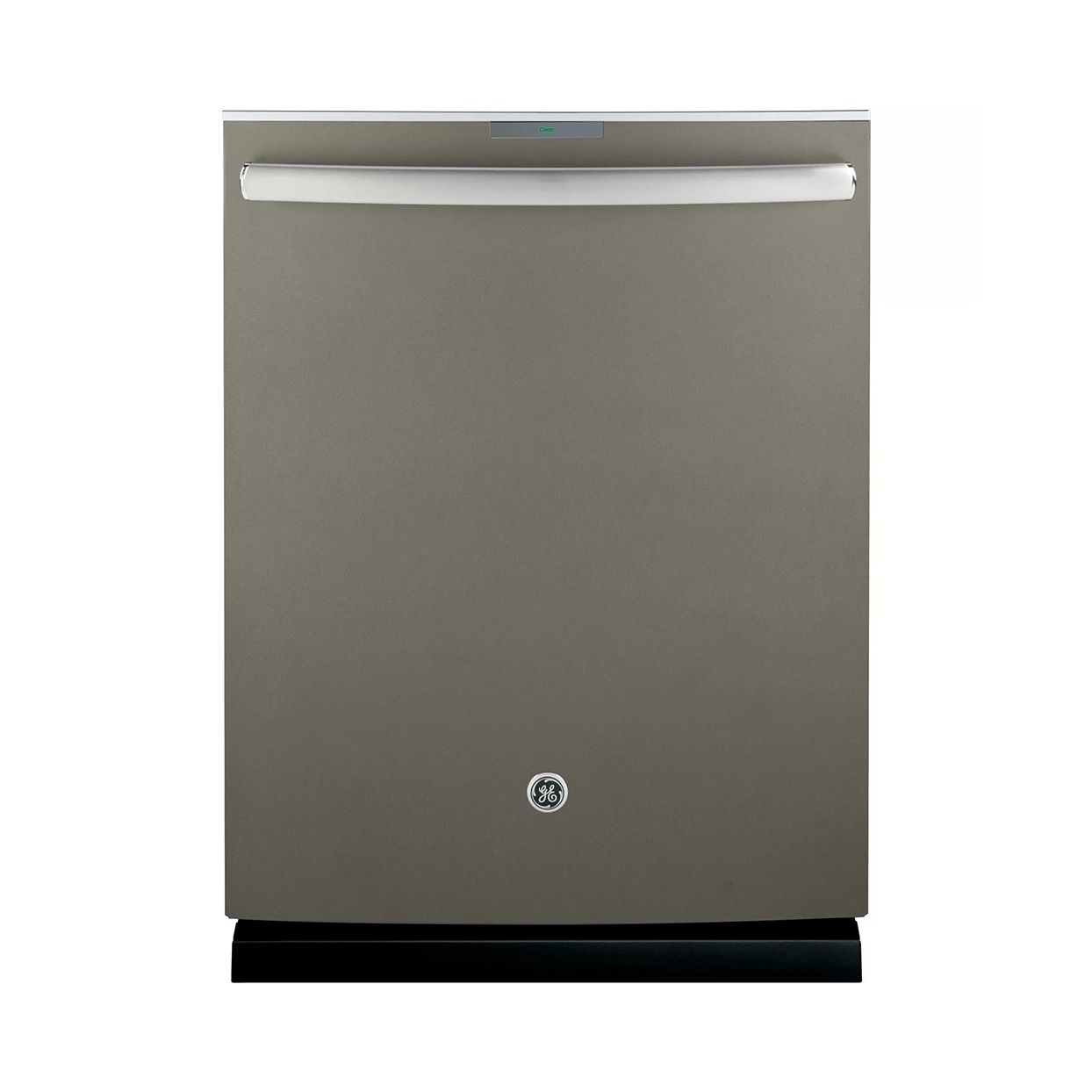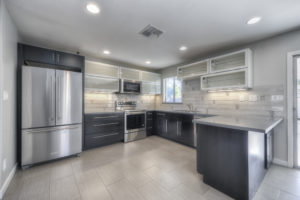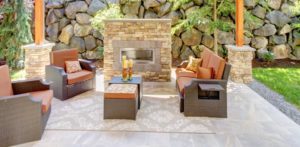 The key to a relaxing, get-away-from-it-all bedroom might be more than a big cozy bed. According to a recent study, the secret to a calming room is actually navy blue—and there’s science to prove it.
The University of Sussex and British papermaker G.F. Smith conducted research that concluded navy blue is the most relaxing color. The findings were part of a larger study called The World’s Favourite Colour Project in which several thousand people across the globe were asked to pick their favorite color. (The winning color was a saturated teal hue, later dubbed Marrs Green.) They were also asked to list how colors made them feel, and specify which emotion they associate with different hues.
“The more saturated the color is, the more it is associated with excitement and stimulation,” said Anna Franklin in a post on the study’s blog. “A very large number of studies have found that red is also associated with excitement and stimulation (a lesser number find no association).”
But when it comes to calmness or relaxation, blue and green immediately come to mind. After analyzing the associations, the researchers confirmed that “relax” was most commonly used to describe navy blue.
“Nature-based colors, particularly those that are representative of water, have long been sought out as colors that tie to tranquility and relaxation,” says Stephanie Pierce, director of design and trends at MasterBrand Cabinets. “The history of navy in interiors has evolved from lapis to ultramarine and Prussian blue in bath or bedroom settings to create a soothing spa-like feel.”
We can’t say we’re surprised. This last month, Better Homes & Gardens recently conducted a trends study of their own. Out of 32 home trends, including metallic wallpaper, acrylic tables, and faux plants, the color cobalt blue was voted the ultimate winner by our readers. Cobalt blue is slightly lighter than navy, but still evokes the tranquility you want in personal spaces like your bedroom, office, or family room.
“A bedroom serves as the bookends of our days, so use a deep shade of blue like In The Navy SW 9178 on the walls, layering in nature-inspired blues and greens, to create a restful hideaway,” says Sue Wadden, Sherwin-Williams color expert.
Navy blue also works well for gathering places like the kitchen or your go-to movie night spot. When painting your walls isn’t in the cards, consider small navy embellishments like fluffy throw pillows or luxe velvet curtains.
Of course, you don’t have to redecorate according to science. If blue energizes you and orange makes you calm, for example, incorporate them into your color scheme accordingly. Ultimately, you should decorate with colors that best suit your personality.
The key to a relaxing, get-away-from-it-all bedroom might be more than a big cozy bed. According to a recent study, the secret to a calming room is actually navy blue—and there’s science to prove it.
The University of Sussex and British papermaker G.F. Smith conducted research that concluded navy blue is the most relaxing color. The findings were part of a larger study called The World’s Favourite Colour Project in which several thousand people across the globe were asked to pick their favorite color. (The winning color was a saturated teal hue, later dubbed Marrs Green.) They were also asked to list how colors made them feel, and specify which emotion they associate with different hues.
“The more saturated the color is, the more it is associated with excitement and stimulation,” said Anna Franklin in a post on the study’s blog. “A very large number of studies have found that red is also associated with excitement and stimulation (a lesser number find no association).”
But when it comes to calmness or relaxation, blue and green immediately come to mind. After analyzing the associations, the researchers confirmed that “relax” was most commonly used to describe navy blue.
“Nature-based colors, particularly those that are representative of water, have long been sought out as colors that tie to tranquility and relaxation,” says Stephanie Pierce, director of design and trends at MasterBrand Cabinets. “The history of navy in interiors has evolved from lapis to ultramarine and Prussian blue in bath or bedroom settings to create a soothing spa-like feel.”
We can’t say we’re surprised. This last month, Better Homes & Gardens recently conducted a trends study of their own. Out of 32 home trends, including metallic wallpaper, acrylic tables, and faux plants, the color cobalt blue was voted the ultimate winner by our readers. Cobalt blue is slightly lighter than navy, but still evokes the tranquility you want in personal spaces like your bedroom, office, or family room.
“A bedroom serves as the bookends of our days, so use a deep shade of blue like In The Navy SW 9178 on the walls, layering in nature-inspired blues and greens, to create a restful hideaway,” says Sue Wadden, Sherwin-Williams color expert.
Navy blue also works well for gathering places like the kitchen or your go-to movie night spot. When painting your walls isn’t in the cards, consider small navy embellishments like fluffy throw pillows or luxe velvet curtains.
Of course, you don’t have to redecorate according to science. If blue energizes you and orange makes you calm, for example, incorporate them into your color scheme accordingly. Ultimately, you should decorate with colors that best suit your personality.
Thinking about a new color for your bedroom by Joe Szabo, Scottsdale Real Estate Team
 The key to a relaxing, get-away-from-it-all bedroom might be more than a big cozy bed. According to a recent study, the secret to a calming room is actually navy blue—and there’s science to prove it.
The University of Sussex and British papermaker G.F. Smith conducted research that concluded navy blue is the most relaxing color. The findings were part of a larger study called The World’s Favourite Colour Project in which several thousand people across the globe were asked to pick their favorite color. (The winning color was a saturated teal hue, later dubbed Marrs Green.) They were also asked to list how colors made them feel, and specify which emotion they associate with different hues.
“The more saturated the color is, the more it is associated with excitement and stimulation,” said Anna Franklin in a post on the study’s blog. “A very large number of studies have found that red is also associated with excitement and stimulation (a lesser number find no association).”
But when it comes to calmness or relaxation, blue and green immediately come to mind. After analyzing the associations, the researchers confirmed that “relax” was most commonly used to describe navy blue.
“Nature-based colors, particularly those that are representative of water, have long been sought out as colors that tie to tranquility and relaxation,” says Stephanie Pierce, director of design and trends at MasterBrand Cabinets. “The history of navy in interiors has evolved from lapis to ultramarine and Prussian blue in bath or bedroom settings to create a soothing spa-like feel.”
We can’t say we’re surprised. This last month, Better Homes & Gardens recently conducted a trends study of their own. Out of 32 home trends, including metallic wallpaper, acrylic tables, and faux plants, the color cobalt blue was voted the ultimate winner by our readers. Cobalt blue is slightly lighter than navy, but still evokes the tranquility you want in personal spaces like your bedroom, office, or family room.
“A bedroom serves as the bookends of our days, so use a deep shade of blue like In The Navy SW 9178 on the walls, layering in nature-inspired blues and greens, to create a restful hideaway,” says Sue Wadden, Sherwin-Williams color expert.
Navy blue also works well for gathering places like the kitchen or your go-to movie night spot. When painting your walls isn’t in the cards, consider small navy embellishments like fluffy throw pillows or luxe velvet curtains.
Of course, you don’t have to redecorate according to science. If blue energizes you and orange makes you calm, for example, incorporate them into your color scheme accordingly. Ultimately, you should decorate with colors that best suit your personality.
The key to a relaxing, get-away-from-it-all bedroom might be more than a big cozy bed. According to a recent study, the secret to a calming room is actually navy blue—and there’s science to prove it.
The University of Sussex and British papermaker G.F. Smith conducted research that concluded navy blue is the most relaxing color. The findings were part of a larger study called The World’s Favourite Colour Project in which several thousand people across the globe were asked to pick their favorite color. (The winning color was a saturated teal hue, later dubbed Marrs Green.) They were also asked to list how colors made them feel, and specify which emotion they associate with different hues.
“The more saturated the color is, the more it is associated with excitement and stimulation,” said Anna Franklin in a post on the study’s blog. “A very large number of studies have found that red is also associated with excitement and stimulation (a lesser number find no association).”
But when it comes to calmness or relaxation, blue and green immediately come to mind. After analyzing the associations, the researchers confirmed that “relax” was most commonly used to describe navy blue.
“Nature-based colors, particularly those that are representative of water, have long been sought out as colors that tie to tranquility and relaxation,” says Stephanie Pierce, director of design and trends at MasterBrand Cabinets. “The history of navy in interiors has evolved from lapis to ultramarine and Prussian blue in bath or bedroom settings to create a soothing spa-like feel.”
We can’t say we’re surprised. This last month, Better Homes & Gardens recently conducted a trends study of their own. Out of 32 home trends, including metallic wallpaper, acrylic tables, and faux plants, the color cobalt blue was voted the ultimate winner by our readers. Cobalt blue is slightly lighter than navy, but still evokes the tranquility you want in personal spaces like your bedroom, office, or family room.
“A bedroom serves as the bookends of our days, so use a deep shade of blue like In The Navy SW 9178 on the walls, layering in nature-inspired blues and greens, to create a restful hideaway,” says Sue Wadden, Sherwin-Williams color expert.
Navy blue also works well for gathering places like the kitchen or your go-to movie night spot. When painting your walls isn’t in the cards, consider small navy embellishments like fluffy throw pillows or luxe velvet curtains.
Of course, you don’t have to redecorate according to science. If blue energizes you and orange makes you calm, for example, incorporate them into your color scheme accordingly. Ultimately, you should decorate with colors that best suit your personality.


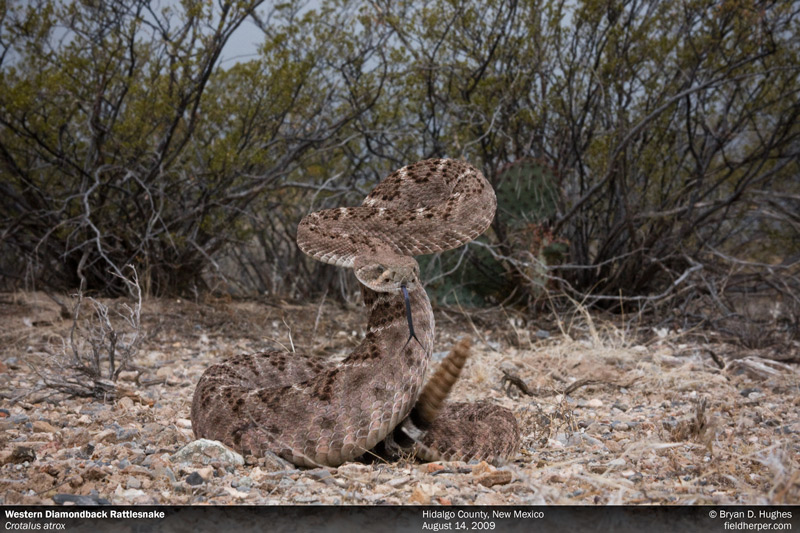

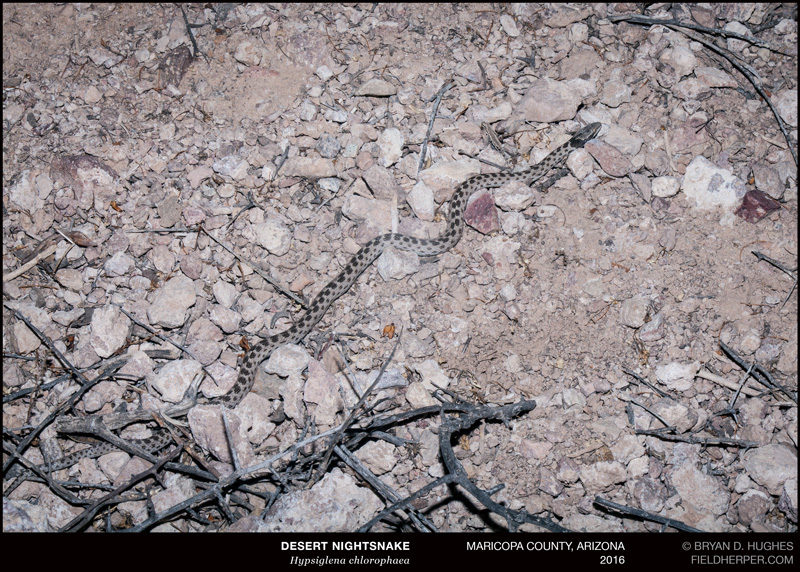


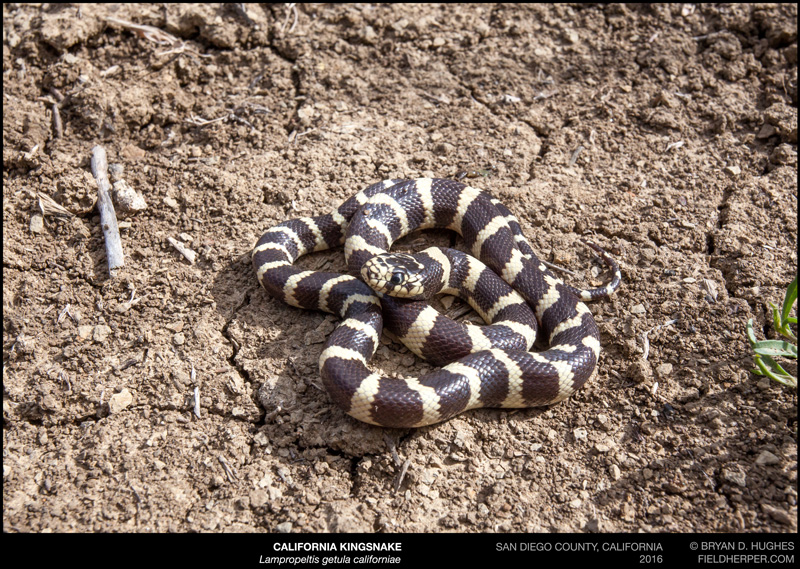
 Please note that this Scottsdale Real Estate Blog is for informational purposes and not intended to take the place of a licensed Scottsdale Real Estate Agent. The Szabo Group offers first class real estate services to clients in the Scottsdale Greater Phoenix Metropolitan Area in the buying and selling of Luxury homes in Arizona. Award winning Realtors and Re/MAX top producers and best real estate agent for Luxury Homes in Scottsdale, The Szabo group delivers experience, knowledge, dedication and proven results. Contact Joe Szabo at
Please note that this Scottsdale Real Estate Blog is for informational purposes and not intended to take the place of a licensed Scottsdale Real Estate Agent. The Szabo Group offers first class real estate services to clients in the Scottsdale Greater Phoenix Metropolitan Area in the buying and selling of Luxury homes in Arizona. Award winning Realtors and Re/MAX top producers and best real estate agent for Luxury Homes in Scottsdale, The Szabo group delivers experience, knowledge, dedication and proven results. Contact Joe Szabo at 

